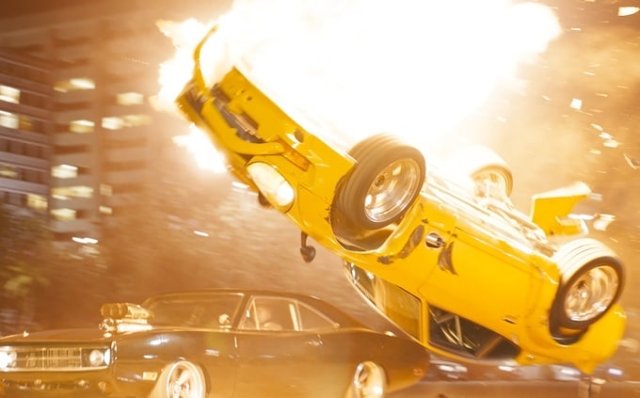 Scene from Fast X Credit: Universal Pictures
Scene from Fast X Credit: Universal Pictures
How many car accidents does it take to make a Fast & Furious movie? According to Dennis McCarthy, the man behind the wheel of that particular department, Fast X (in theaters now) destroyed somewhere around 150 cars. “Few survive,” he says. “The ratio at the end, however, is much more than surviving. But that's okay.»
McCarthy is Hollywood's leading «movie transport coordinator». His Vehicle Effects team builds and supplies vehicles for The Fast and the Furious and other blockbusters. In The Fast and the Furious, they build up to 300 cars for each movie, with each model requiring a multiple of the number of cars. At his auto shop in Los Angeles, McCarthy does a quick inventory of the cars delivered for Fast X: 14 Dodge Charger R/Ts, seven Porsche 911 GT3 RSs, 14 Dodge Charger Hellcats, seven Harley-Davidson Pan America motorcycles, four Alfa Romeo 2000s .GT and four gold Lamborghini Gallardos. Among many others.
Dodge Charger is one of the main cars of the high-octane series — the hallmark of Vin Diesel's hero, the House of Toretto. “This is a car you can always rely on,” says McCarthy. «I think fans would be very disappointed if Dom's vintage charger somehow went missing.» Each iteration has changes and modifications, although McCarthy has brought the car back to the original in the new movie — one of the many nods to the series' former glory in Fast X.
McCarthy is excited about the new additions to the Fast family lineup, including the Datsun 240Z, a Japanese racing classic (“This car has appeared a few times in the past but never came out”); A Chevrolet El Camino loaded with explosives and cannons («It was more of an art department project»), and a purple Chevrolet Impala driven by Jason Momoa's villain Dante. Momoa insisted that the color purple match his character's flamboyant sociopathy. «It's an odd color choice, but it was 100% Jason Momoa,» says McCarthy.
The last few parts were mixed into one big pile. But Momoa, who also drives a '66 Ford Fairlane, sums up the Fast X. It's crazy fun.
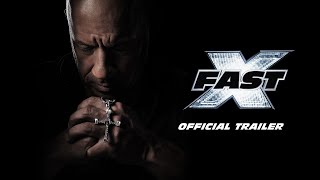
More than just a mechanic, Dennis McCarthy has a captivating creative role in Fast & Furious ($7 billion at the box office). He jokes that he's like a car casting director. McCarthy reviews the script and suggests the best cars to match the character, location, and script. He will work with writers, stuntmen and actors to give the cars the right design and performance.
“In this franchise, the cars are, without a doubt, an extension of the personalities of the characters,” he says. “I think that in many films, the audience identifies the car with the characters. If you see a Hellcat Charger roll into the frame, you'll be pretty sure it's Dom's car… Roman [played by Tyrese Gibson] is always in something extravagant like a gold Lamborghini… as for Shaw [Jason Statham's cockney villain -became a hero], I try to keep him in some British car. This is McLaren, this is Aston, this is Jaguar.”
Vin Diesel loves to contribute to his character's cars. McCarthy, speaking on the Car Guy Confessions podcast, described how Diesel focuses on the best models. «It's kind of standard protocol,» he said. «You don't want to say, 'This is what you drive.' You should always say, 'I have a few cars for you, which one do you like?'
 Jason Momoa with his purple Chevrolet Impala Credit & Copyright: Universal Pictures
Jason Momoa with his purple Chevrolet Impala Credit & Copyright: Universal Pictures
Some vehicles are sourced from manufacturers (Dodge is a longtime partner), while others are built from scratch from used parts found in Auto Trader-style ads. “I have guys here who are just scouring the Internet, going to junkyards, trying to find these parts,” he says. They also tune and fit vintage models with new engines. The cars are mostly standardized with LS3 V8 engines and have a manual transmission because the gearshift looks better on the screen. McCarthy says that almost any car can be equipped with a fast engine. “There is no machine that we cannot make faster or more productive,” he explains.
There are also recycled cars. Some of the '69 Chargers from the fourth film were actually repurposed by General Fox from The Dukes of Hazzard. They also keep all the details of wrecked cars, cataloging them and saving them for future use. “In the end, nothing goes to waste,” McCarthy said earlier.
True to the cherished mantra of the Fast franchise, McCarthy's team builds cars to specifications for specific stunts and requirements. Some cars need to jump; some need to drive over quarry gravel or ice; some need to, uh, get off planes; and some need to go very, very fast in a straight line. “Usually we build cars that can survive under any circumstances,” he says.
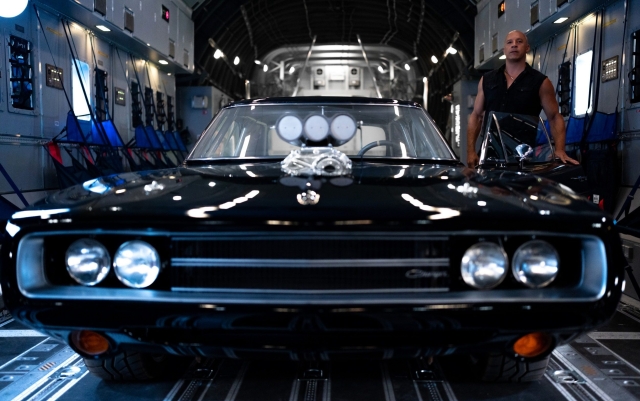 'You will sure it's Doma's car»: Vin Diesel with a modified Dodge Charger. Credit & Copyright: Peter Mountain/Universal Pictures
'You will sure it's Doma's car»: Vin Diesel with a modified Dodge Charger. Credit & Copyright: Peter Mountain/Universal Pictures
There are times when the stunts seem too crazy to work. McCarthy recalls Fast & Furious 5 (still the best in the series) and the opening sequence in which the House crew steals carriages from a moving train by driving alongside the train in a hybrid of a monster truck and flatbed, slicing through the train carriage as they go. in motion and throws the cars sideways onto the truck. The truck had to be built for real, with a functioning, adjustable platform and suspension to handle jumping over extremely rough terrain.
The truck started life as a load of steel pipes and was built virtually from scratch. McCarthy drove this truck for a bit. “The cast, crew, and director are all hanging off the side of this truck,” he says, “at about 35 miles per hour, bouncing off the side of a moving train, with a 12-foot cliff to my right. I couldn't be in the middle of it anymore.»
Specifications may also change in the middle of production. «We could start filming and we haven't even chosen a location for the third act yet,» says McCarthy. He points to drag racing in Rio de Janeiro in Fast X, a throwback to the franchise's street racing roots.
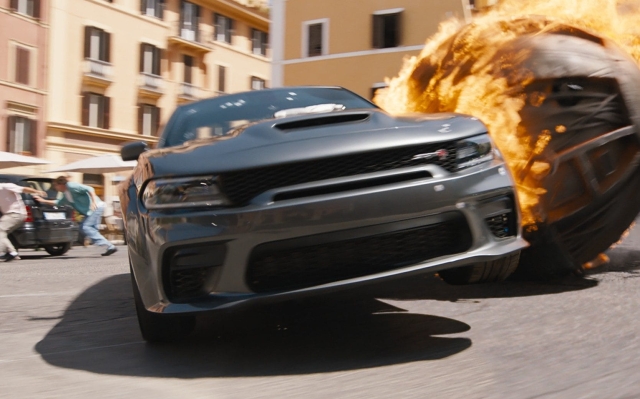 'Yes, the giant ball is rolling': Chasing Fast X Rome Courtesy: Universal Images
'Yes, the giant ball is rolling': Chasing Fast X Rome Courtesy: Universal Images
At some point, the sequence was changed to a race around the mountain. “On a winding mountain road,” says McCarthy. «I was like, 'Dude, we've just built all these cars for straight lines!' The Impala is a straight line machine, so we started scrambling to find other Impalas that could handle cornering.» Luckily, the race was switched back to the more straight forward race shown in the finished movie. But, as McCarthy says, «We're always climbing.»
The completed drag racing sequence is an adrenaline-pumping joy. «There's nothing incredibly outlandish about it,» says McCarthy. “But it’s a real race – the cars line up, they burn rubber, they do their thing, they bounce off each other. It's as legal as it gets.» In another episode in Portugal, the cars had to race through a quarry. McCarthy realized that the suspension on the El Caminos was not strong enough, so he put the suspension kits on the plane and sent them there to be fixed on the spot.
McCarthy has been fond of fast cars since childhood. He built hot rods and participated in drag racing. “I have been playing with cars for as long as I can remember,” he says. Opening an auto shop in Burbank, California in 1990, McCarthy serviced vehicles for nearby film studios. One day, a producer asked him to help prepare a car for the 2002 film Dragonfly, starring Kevin Costner. Since then, he has built cars for Death Race, Blade Runner 2049, Gran Turismo, and various Marvel and DC films.
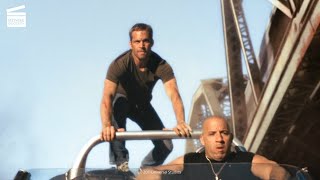
He cites, perhaps unexpectedly, the Seth Rogen-starring superhero performance The Green Hornet as a significant production. «We built 29 Chrysler Imperials to make sure each one always stands out.» But McCarthy admits: “The reality is that nothing beats Fast & Furious. I think it's just my favorite because there is such a wide range of cars to choose from. And we have so much freedom there. In fact, there is nothing like it. No other film or franchise has so much focus on the cars themselves, making Fast & Furious the best motoring movie ever.
McCarthy joined the franchise at the end of 2003's 2 Fast & Furious 2: Furious, helping prepare cars for promotional events, and joined the third installment of 2006's Fast and Furious: Tokyo Drift. Since then, he has worked on every installment, including the spin-off Hobbs & The show, which means that McCarthy has worked on as many Fast and Furious films as main character Vin Diesel. He is a member of the family.
It's fair to say that the wheels of the series are off the ground in reality. But criticism of the lack of realism is as ridiculous as the films themselves. They are as discreet as a monster truck in the driveway. From the relatively humble beginnings of testosterone-based films—street racing, plane hijackings, and undercover cops—the series has been fueled by pure, gorgeous, pompous nonsense. Doma's family now performs undercover muscle car operations for a top-secret government agency.
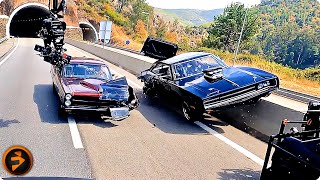
Apart from the ridiculousness of the characters coming back (regularly) from the dead and the evil siblings showing up out of the blue, in the recent Fast & Furious movies, the cars race far beyond the suspension of disbelief. Cars jumped between skyscrapers, flew under the bottom of a magnetic plane and went into space — this is a symptom that the series should get bigger, better, faster and more furious every time.
In Fast X, they race to Rome on a dual mission and end up trying to stop a boulder-sized bomb that doesn't roll straight into the Vatican — like something out of a 1960s Batman TV series crossed with «In Search of the Lost Ark». But how to stop the bomb? Driving straight off the bridge and crashing into a crane, which turns around and, of course, drops a bomb into the Tiber River. “There seems to be some magic in Dom’s car,” says McCarthy.
And this is not the most ridiculous scene. Dom, with his 9-year-old son in the passenger seat, escapes an almighty explosion by descending a 460-foot dam like a turbocharged version of Pierce Brosnan's GoldenEye bungee jump. “Everything is one hundred percent real,” says McCarthy. «The car we built to get off the dam was a dedicated dam car… no, I'm just kidding.»
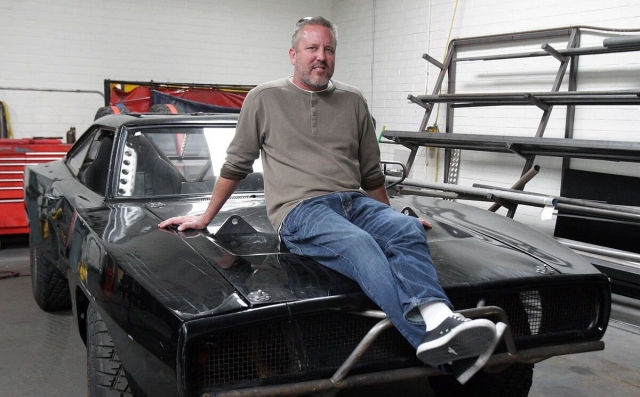 Family Member: Dennis McCarthy has worked on many Fast & Furious Movies as Vin Diesel
Family Member: Dennis McCarthy has worked on many Fast & Furious Movies as Vin Diesel
Jokes aside, there's a lot more vehicular action filmed for real than viewers might realize. “For the most part, cars usually do what you see on the screen,” says McCarthy. «It's the environment that is improved or changed behind it.» He adds: “If cars skid, crash, land, everything you see is real. That's one thing behind the franchise that they've always strived for — to make the stunts as real as possible and leave real cars, real stunts and real drivers behind the action.»
McCarthy points to a bomb chase in Rome. “Yes, the giant ball is rolling,” he says. “Yes, it bounces off the car. [Moreover, it was set on fire and really crashed into the bus.] Rome is a good example of what I would say is very close to reality. What you see on the screen is actually happening. It is clear that there are security measures. The ball will not run over the crew members.
Rome also gave the automotive effects team a new challenge. And in every movie, McCarthy says, there's something new that their machines haven't done before (something real, he means — not going into space). This time, he led the Charger down the stairs, which was practiced elsewhere. “Obviously we didn’t go down the flight of stairs that you see in the movie, but we did take the Chargers down another flight of stairs over and over again,” he says. «The cars survived, no problem.»
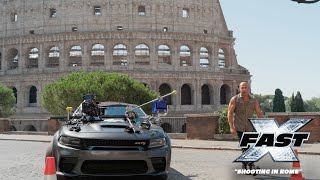
With my money (I even bet on the raffle), the chase in Rome — the best scene in the movie because it feels real — the thrill of real car chases and stunts can't be reproduced with CGI.
Even the succession of dams installed at the Aldeadavila dam between Spain and Portugal is surprisingly real. Some vehicular action was filmed on the road at the top of the dam, with further footage filmed at Leavesden Studios where the recreated dam top was built. According to The Ringer, the stuntman drove off the fake dam, crashed into the barrier and fell 40 feet below. To simulate a vertical race down the dam, a landing ramp was used where the car bounced for real, as if it were crashing into the dam wall.
“We were all afraid that if we tried to do it like a CGI landing, the suspension might not work the way we wanted,” said stunt coordinator Jack Gill. The car also crashed into a water tank due to climate spray at the bottom of the dam. As ridiculous as it sounds at this stage of the franchise, director Louis Leterrier wanted to justify the action with as many practical stunts as possible. «I wanted — no pun intended — to land it back on Earth,» he told Esquire.
McCarthy admits he prefers realism in vehicular action — he enjoys filming behind-the-scenes videos so viewers can watch the stunts being created . “I was on the show for a while,” he says. “Maybe I'm getting older… I'm always drawn to reality. Obviously, to make these films as exciting as they can be, the bar has to keep going up and up and up.» He adds: «In my opinion, if it becomes a full CGI movie, then I think it will lose some of the excitement.»







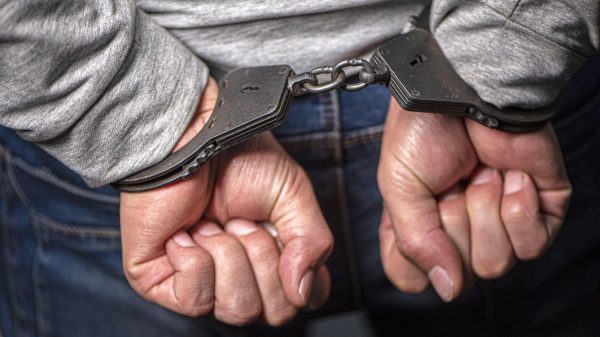


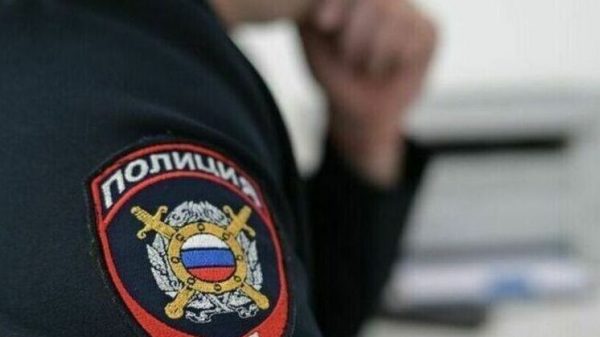









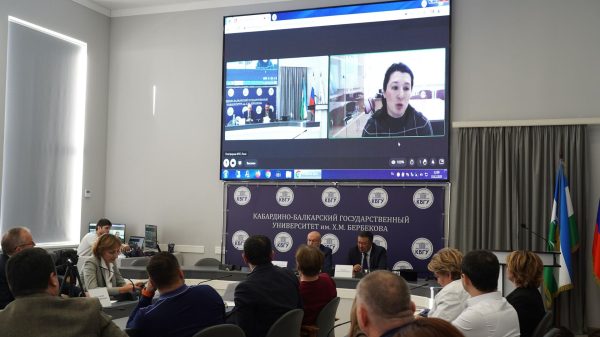
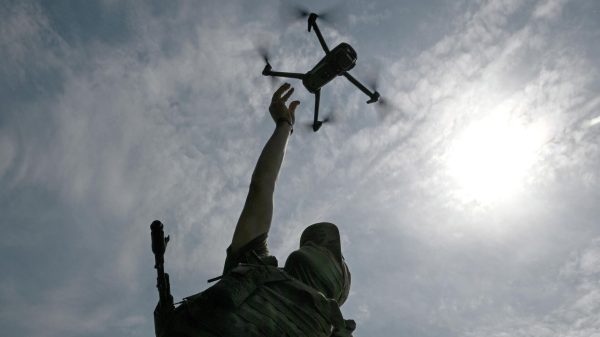






























Свежие комментарии